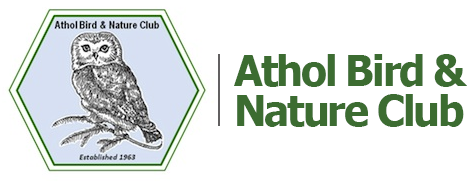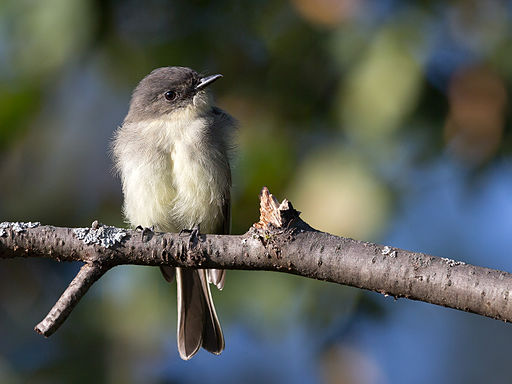Eastern Phoebe
Sayornis phoebe
Written by Kathy Richards
The Eastern Phoebe is a member of the flycatcher family. It benefits from forest management. They move into areas where ledges have been opened up and direct sunlight hits the forest floor near the ledge.
HABITAT:
It can be found from the Rockies to the Eastern states. The phoebe can be found in most of New England with the exception of Block Island. During mild winters phoebes can be found around NewEngland.
They prefer partially open woodlands including edges, agricultural and suburban areas. The phoebe will often make their home in areas of woods near a stream.
BEHAVIOR:
The phoebe is one of the first spring migrants to return. It catches its food on the wing and is aided by its sharp pointed bill with bristles at the base of the beak. The phoebe is an extremely agile flyer making quick sharp turns and tumbling while flying. They will also have a couple of perches on low trees or fence lines to catch insects. While perching the phoebe will often wag its tail up and down.
The phoebes call is a monosyllabic 2 note call saying phoe-be with the first syllable accented (unlike the chickadee which is more melodic)
NESTING:
Nests are often built on the sheltered edge of a ledge that has an overhang. Besides ledges they will often nest under eaves of buildings such as barns, porches or under bridges. 3-8 eggs are laid between late April and mid August. They are incubated for about 15 days. Nests are made of mud, grasses and plant fibers and lined from gathered feathers or fur. The nest is then camoflaged with moss. Both male and female feed the nestlings. The phoebes typically have 2 broods per year.
Nestlings often suffer from parasites that were brought in on the fur and feathers. Phoebes will return to the same area year after year.
FOOD:
Flying insects and occasionally small fruit.
PREDATOR:
Chipmunks, mice, snakes and other birds are predators of the eggs.

